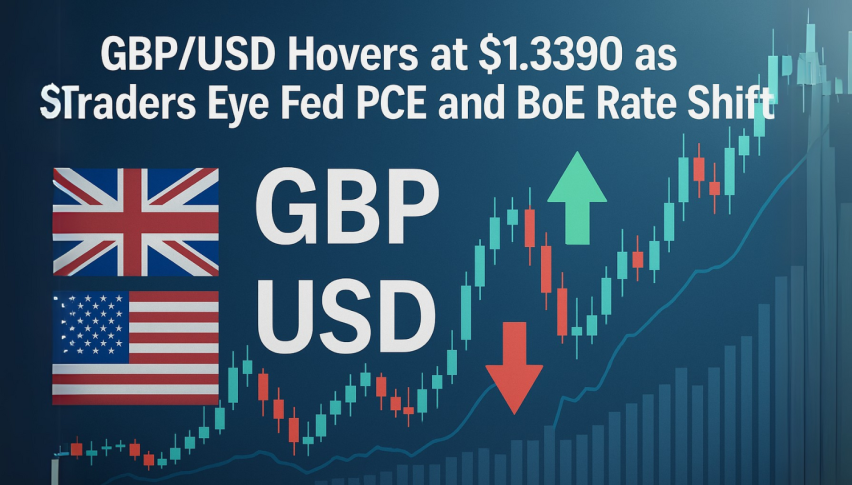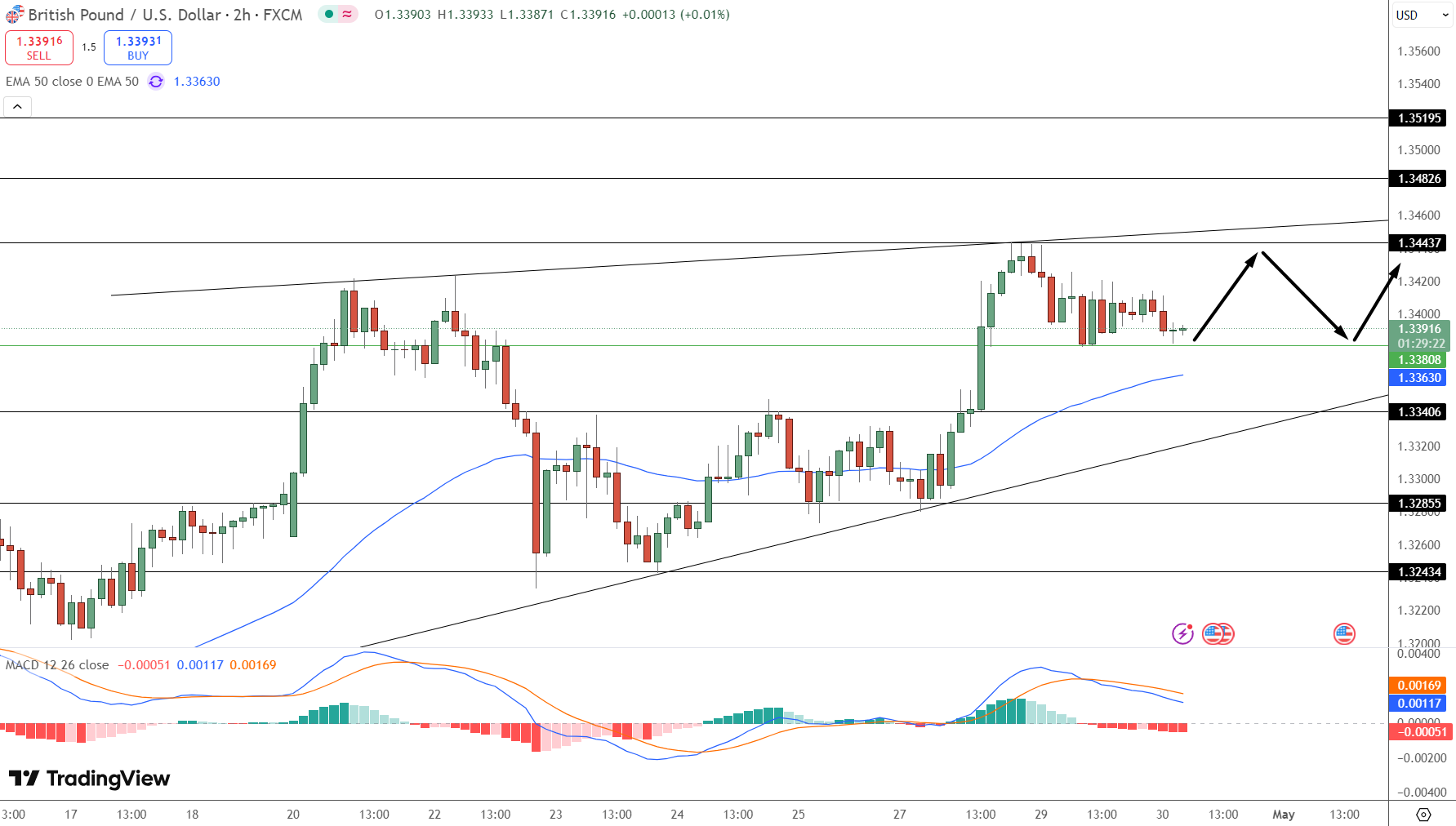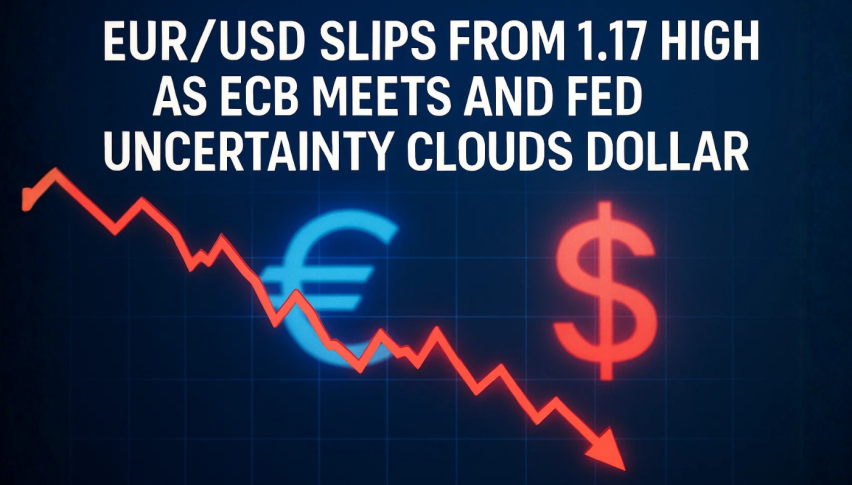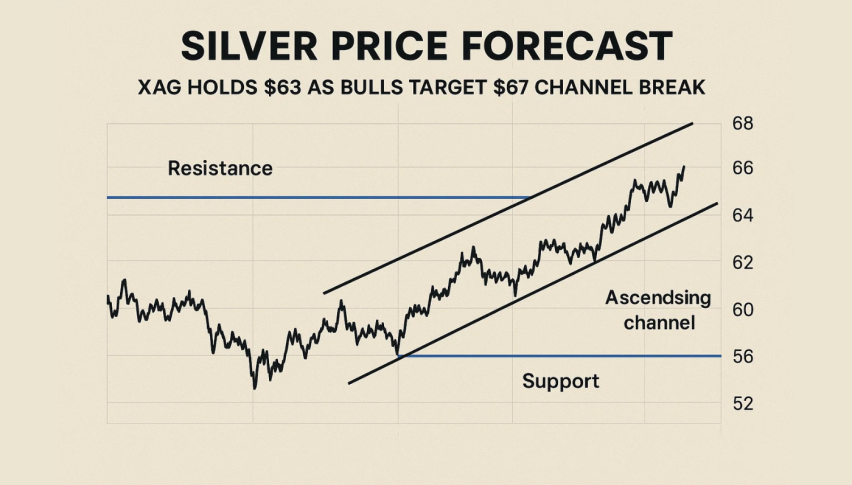GBP/USD Hovers at $1.3390 as Traders Eye Fed PCE and BoE Rate Shift
The British pound is on the back foot, trading near $1.3390 during early Wednesday trading in Asia, marking its second straight daily loss.

Quick overview
- The British pound is experiencing a decline, trading near $1.3390, influenced by a strengthening U.S. dollar amid positive U.S.-China trade sentiment.
- Market attention is focused on the upcoming U.S. PCE Price Index, which could provide insights into future Federal Reserve rate decisions.
- Speculation about a potential Bank of England rate cut in May is adding pressure on the pound, driven by soft UK inflation and economic concerns.
- Technical analysis shows GBP/USD is in a rising wedge pattern, with key support levels that could determine its next movement.
The British pound is on the back foot, trading near $1.3390 during early Wednesday trading in Asia, marking its second straight daily loss. The drop comes as the U.S. dollar strengthens, buoyed by improving sentiment around U.S.-China trade talks and rising Treasury yields.
All eyes are now on the upcoming U.S. PCE Price Index for March, a key inflation measure closely tracked by the Federal Reserve for clues on future rate moves.
The U.S. Dollar Index (DXY) is holding firm above 99.00, supported by a rebound in Treasury yields. After a four-day slide, 2-year and 10-year yields are back at 3.66% and 4.17%, signaling improved risk appetite and expectations that tight monetary policy may stick around longer.
Adding to the complex outlook, the latest JOLTS report showed job openings falling to 7.19 million, the lowest since September 2024—a sign that U.S. labor demand is cooling and economic uncertainty is building.
BoE Rate Cut Speculation Weighs on Sterling
Meanwhile, the pound is also under pressure from expectations that the Bank of England (BoE) might cut rates as early as May. Recent soft UK inflation readings and growing global economic concerns have strengthened the case for a more dovish policy stance.
BoE policymaker Megan Greene recently noted that tariffs proposed by U.S. President Trump could help lower inflation in the UK, reinforcing the argument for caution. On top of that, UK employer tax hikes are adding to the economic strain. However, markets remain divided on whether the BoE will act decisively or take a wait-and-see approach.
Upcoming Events That Could Move GBP/USD
Here’s what traders are watching this week:
-
UK Nationwide HPI m/m: Forecast -0.1%
-
BoE’s Lombardelli Speech: Tentative
-
US ADP Employment: Forecast 114K (Prior 155K)
-
US GDP (Q1): Forecast 0.2% vs. 2.4% prior
-
US Core PCE m/m: Forecast 0.1%
-
US Spending & Income Data: Expected to soften
This wave of data could determine whether GBP/USD breaks higher or slides further in the coming sessions.
Technical Outlook: Rising Wedge Pattern in Focus
On the 2-hour chart, GBP/USD remains inside a rising wedge pattern, typically a bullish formation unless support fails. Price is currently holding just above the 50-period EMA at $1.3363, a level that has triggered short-term rallies in recent sessions. The MACD is flattening, hinting at consolidation rather than collapse.

Trade Setup:
-
Buy Zone: On bounce between $1.3380–$1.3360
-
Targets: $1.3443 (near-term resistance), $1.3482 (channel top)
-
Stop-Loss: Below $1.3340 (wedge invalidation level)
Why it matters: This setup favors confirmation over guessing. If key support levels hold and incoming data supports a less aggressive Fed or BoE stance, bulls could drive GBP/USD back toward the wedge’s ceiling.
- Check out our free forex signals
- Follow the top economic events on FX Leaders economic calendar
- Trade better, discover more Forex Trading Strategies
- Open a FREE Trading Account


